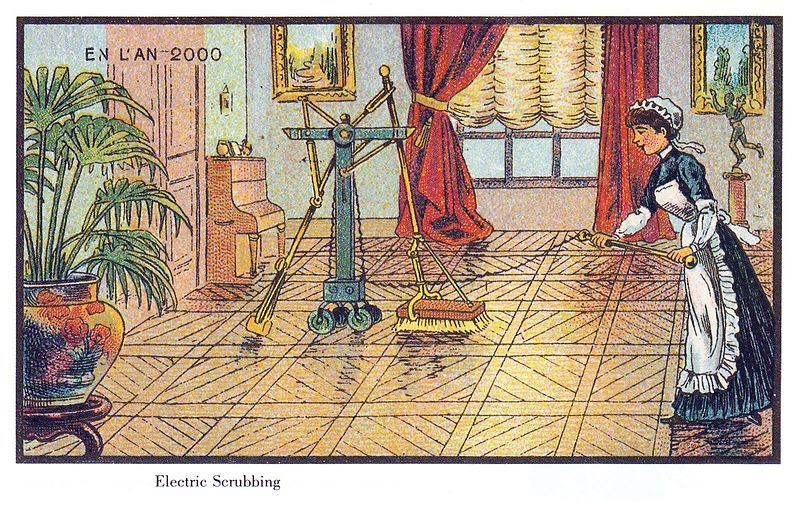
The Italian resistance was born in 1943, when Benito Mussolini was finally eradicated from power by the Fascist Grand Council. At that time, almost half the resistance members were female, 105,000 out of 250,000 total... 

... with 4,600 being arrested, 2,750 deported to German Concentration Camps, and 623 murdered by Italian fascists or Germans. 

Their most important role was collecting information and communication. They were the least suspect by the ‘establishment’ and would be able to get close to unsuspecting men discussing their political agendas and plans. 

However, these women were not only talented as messengers, but as fighters as well. They were mostly tasked with sabotage, minor strike attacks, and serve as auxiliary to the Brigades.
Read more: dday.org/2015/03/19/the…
Read more: dday.org/2015/03/19/the…

• • •
Missing some Tweet in this thread? You can try to
force a refresh
























